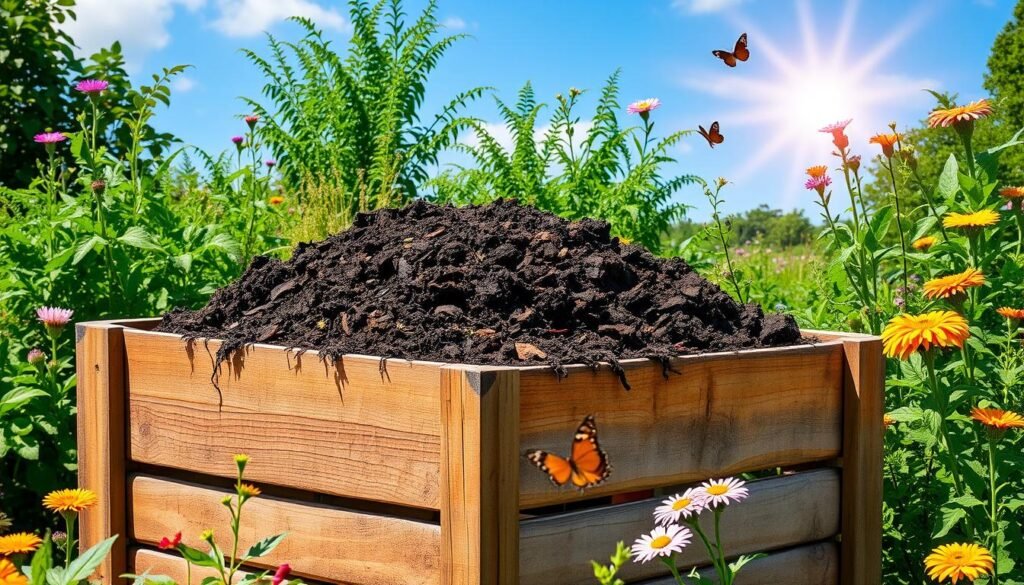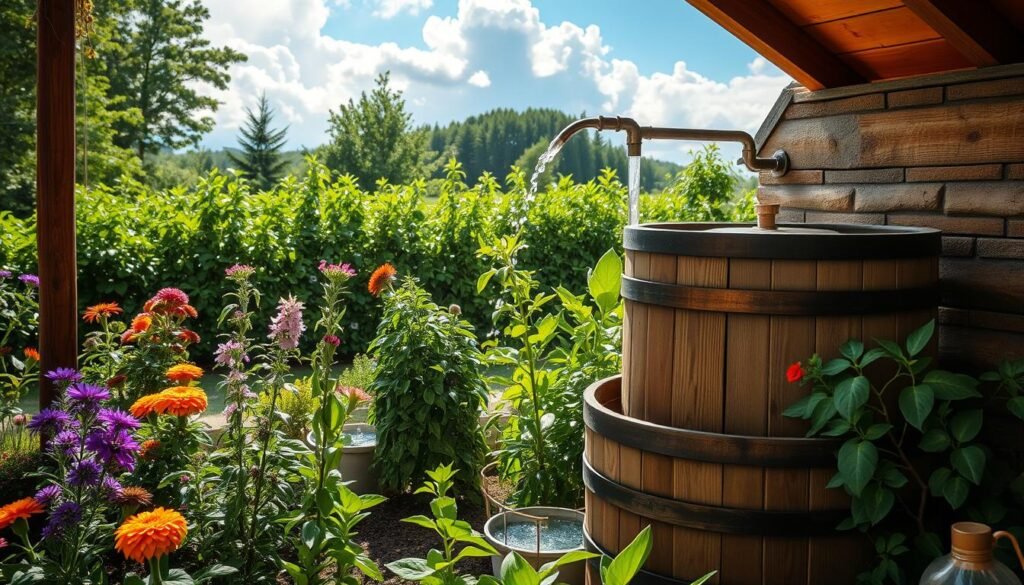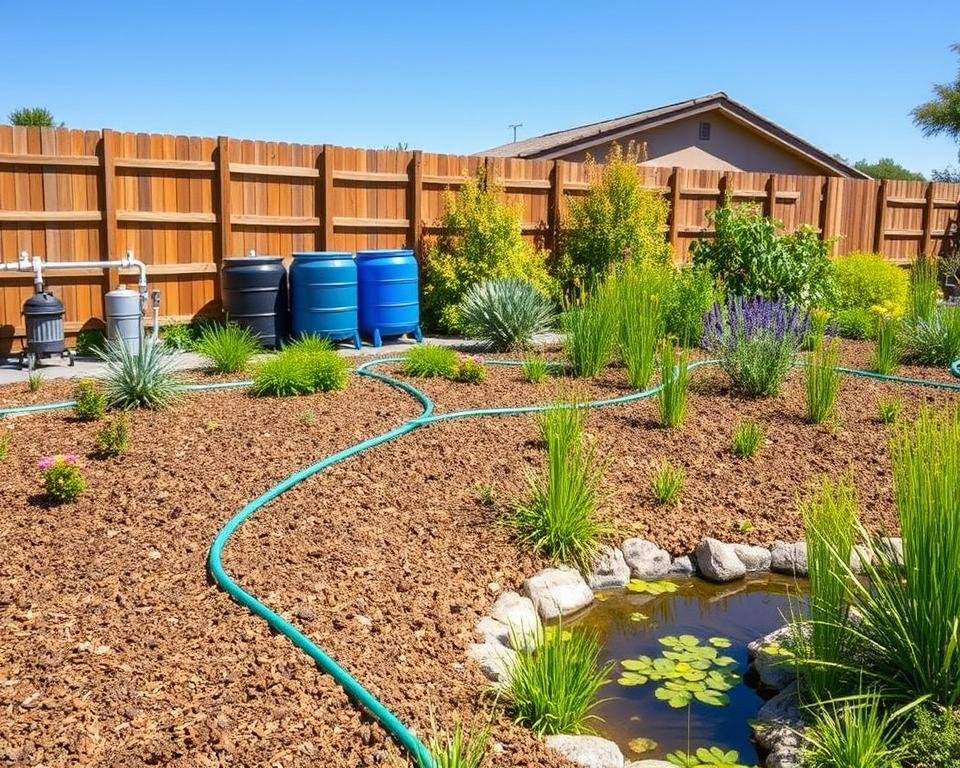Are you passionate about eco-friendly gardening? Look no further! This article explores the world of sustainable garden tools and supplies, including those made from recycled materials. Discover how to create a greener outdoor space with organic gardening solutions that benefit both your garden and the environment.
Have you ever wondered how your gardening choices impact the planet? What sustainable alternatives are available to help you garden more conscientiously? As we delve into the topic of eco-friendly gardening tools and materials, you’ll uncover the simple steps you can take to cultivate a thriving, sustainable garden.
Embracing an Eco-Friendly Gardening Approach
In today’s world, environmental awareness is more critical than ever. Adopting an eco-friendly gardening approach is not just a trend; it’s essential. Sustainable gardening practices not only protect the environment but also enhance your garden’s health and vitality.
The Importance of Sustainable Gardening
Sustainable gardening aims to work in harmony with nature, reducing our ecological impact. It promotes a thriving, resilient ecosystem. By using sustainable techniques, we protect the soil, conserve water, and avoid harmful chemicals and pesticides. This supports the garden’s natural balance, encouraging biodiversity and preserving the ecosystem’s delicate balance.
Benefits for the Environment and Your Garden
Embracing eco-friendly gardening offers significant benefits for both the environment and your garden. Key advantages include:
- Reduced carbon footprint: Sustainable gardening, like composting and using native plants, helps combat climate change by lowering greenhouse gas emissions.
- Improved soil health: Organic gardening, through compost and mulch, boosts soil fertility and structure. This leads to healthier plants and a more resilient garden.
- Water conservation: Methods like rainwater harvesting and drought-tolerant landscaping reduce water usage, conserving this vital resource.
- Increased biodiversity: Eco-friendly gardens provide a haven for pollinators, birds, and beneficial insects. They support the local ecosystem, contributing to a thriving natural environment.
By adopting sustainable gardening practices, you can create a beautiful, productive, and environmentally-friendly oasis. This oasis not only nourishes your plants but also plays a crucial role in preserving our shared ecosystem’s delicate balance.
A look at eco-friendly gardening tools and supplies, including those made from r
Gardeners have a unique chance to positively impact the environment by opting for eco-friendly tools and supplies. The market is filled with sustainable options, from recycled materials to biodegradable plant pots. These choices help us garden while reducing our environmental footprint.
Recycled-material garden shears stand out as a top eco-friendly tool. They are not only stylish but also made from repurposed metals, cutting down on waste and conserving resources. Hand trowels crafted from recycled plastics offer a durable, eco-friendly alternative to traditional tools.
Biodegradable plant pots made from bamboo or coir (coconut fiber) are a sustainable option for starting seeds and transplanting. These pots can be directly planted in the ground, decomposing and enriching the soil over time.
Recycled seed storage containers from glass or repurposed jars are both practical and eco-friendly for seed storage. They keep seeds fresh and protected, reducing the need for single-use plastic packaging.
By choosing eco-friendly gardening tools and supplies, we can enjoy sustainable gardening and contribute to our planet’s health. With some research and careful selection, we can turn our gardens into symbols of environmental care.

Composting: Nature’s Way of Recycling
In our quest for a greener garden, composting emerges as a natural, effective method. It turns organic waste, like food scraps and yard clippings, into a rich fertilizer. This fertilizer feeds your plants and boosts your soil’s health. By composting, gardeners can ditch chemical fertilizers and support a more eco-friendly cycle.
Choosing the Right Compost Bin
Choosing the right compost bin is key. The bin’s type depends on your garden’s size, waste volume, and personal taste. Here are important factors to consider:
- Capacity: Pick a bin that fits your household’s waste. A bigger bin suits larger gardens or high waste producers.
- Material: Go for bins made from durable, weather-proof materials like plastic, wood, or recycled plastic. This ensures the bin lasts long and is easy to care for.
- Ventilation: Ensure the bin has good airflow to aid composting and prevent smells. Bins with aeration systems or turning features enhance waste breakdown.
- Location: Place your bin in a spot that’s easy to reach but not too visible. It should be near your garden for convenient use.
By picking the perfect compost bin, you’ll start making a steady supply of garden fertilizer. This will enrich your recycling and waste management efforts.

Rainwater Harvesting for a Greener Garden
Adopting rainwater harvesting transforms your garden, offering a sustainable irrigation method. It reduces reliance on municipal water, conserves this vital resource, and meets your plants’ specific needs. This approach is both eco-friendly and beneficial for your garden’s health.
Rainwater harvesting systems vary, catering to gardens of all sizes. Options range from basic rain barrels to complex underground cisterns. These systems collect and store rainwater, making it ready for plant watering, car washing, or pond replenishment.
The Benefits of Rainwater Harvesting
- Reduces the demand on municipal water supplies, contributing to overall water conservation efforts.
- Provides a natural, chemical-free source of water for your plants, promoting healthy growth and vitality.
- Helps reduce the amount of stormwater runoff, which can contribute to erosion and pollution in local waterways.
- Saves you money on your water bills, as you’ll be relying less on the municipal water system.
Choosing the Right Rainwater Harvesting System
When picking a rainwater harvesting system, consider your space, local rainfall, and water needs. Seek advice from local experts or research to find the best fit for your sustainable gardening goals.
| System Type | Capacity | Advantages |
|---|---|---|
| Rain Barrel | 50-100 gallons | Affordable, easy to install, suitable for small gardens |
| Underground Cistern | 500-10,000 gallons | Larger storage capacity, hidden from view, can be integrated into landscape design |
| Rooftop Collection | Varies based on roof size | Collects water directly from the source, can be connected to a larger storage system |
Incorporating rainwater harvesting into your gardening practices enhances your garden’s health and sustainability. It promotes water conservation and showcases your dedication to environmental stewardship.

Conclusion
Sustainable gardening is more than a trend; it’s a crucial approach to create an eco-friendly garden. By using sustainable tools and materials, composting, and harvesting rainwater, gardeners can significantly impact the environment. This approach also cultivates a lush, vibrant outdoor space.
The advantages of sustainable gardening are vast. It reduces waste, conserves natural resources, supports local ecosystems, and improves garden health. As you delve deeper into gardening, exploring these practices can transform your garden into a reflection of your environmental values.
Every small step towards sustainable gardening contributes to a greener future. Enjoy the process of nurturing your garden with eco-friendly methods. Take pride in knowing you’re making a significant difference for the planet.
FAQ
What are some eco-friendly gardening tools and supplies made from recycled materials?
Eco-friendly gardening tools include biodegradable plant pots, garden shears, hand trowels, and seed storage containers. These items help reduce waste and lower environmental impact. They are key to sustainable gardening practices.
How can composting benefit my garden?
Composting turns organic waste into nutrient-rich fertilizer, enhancing soil quality and moisture retention. It supports plant growth. The right compost bin makes the process more efficient.
What are the benefits of rainwater harvesting for my garden?
Rainwater harvesting conserves water, reducing municipal water demand. It keeps your garden lush during dry spells. Various systems are available to meet your needs.
How can I adopt a more sustainable approach to gardening?
Embrace eco-friendly gardening by using sustainable tools, composting, and harvesting rainwater. These actions benefit the environment and garden health.
Where can I find reliable sources of information on eco-friendly gardening?
Online resources and gardening communities offer insights on eco-friendly practices. They cover sustainable tools, supplies, and greener gardening approaches. These sources aid in creating an environmentally-conscious garden.

